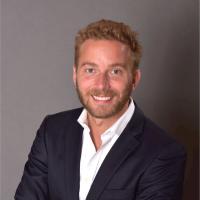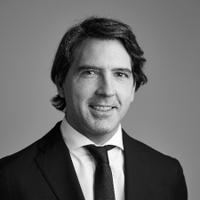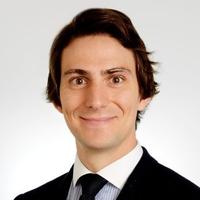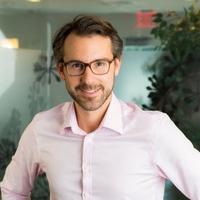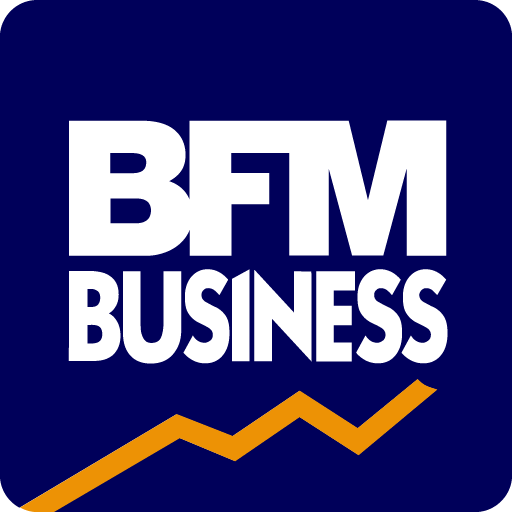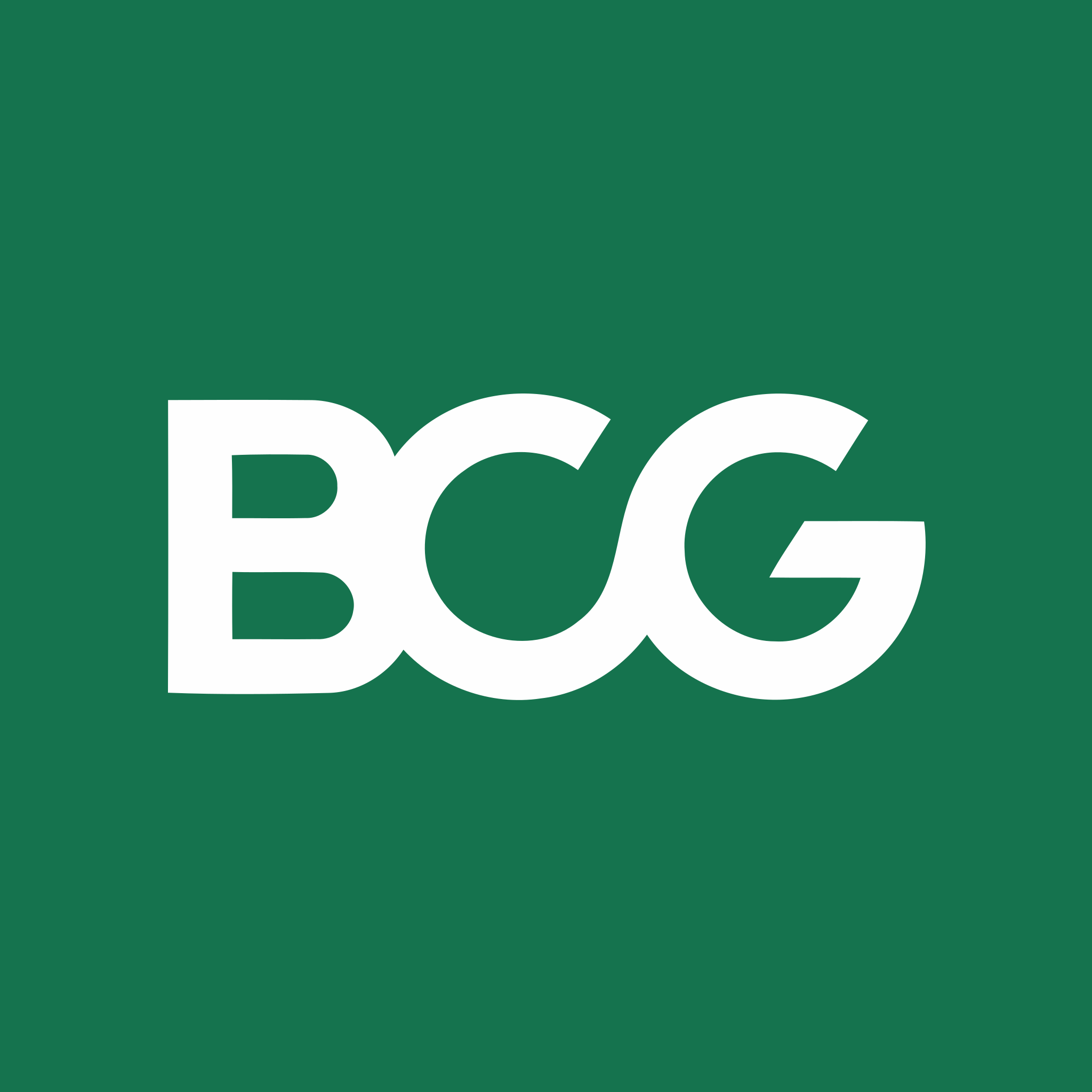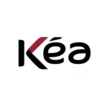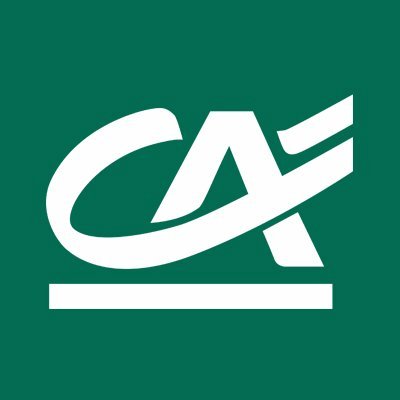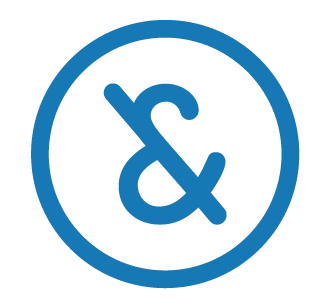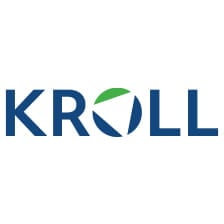Synthèse
The global beauty institute and spa market experienced robust growth with an expected CAGR of 3.59% from 2019 to 2027, reaching a value of $191.6 billion. However, the onset of the COVID-19 pandemic in 2020 had a significant negative impact, leading to a contraction in the market as beauty salons were affecteds by closures and health regulations, as seen in Belgium where institutes like Elise experienced a sharp drop in revenues, falling by 75% per day and 50% per month.
Despite the negative short-term effects, the sector remains stimulated by the increase in consumer purchasing power and the growing importance attached to personal care. The Belgian beauty salon market is particularly saturated, stimulated by growing interest in cosmetics, especially "Made in Belgium" and vegan products. Demand remains high among women, especially those aged 25 to 44, and among men, who prefer massages and facials.
The competitive landscape comprises a variety of players, including large franchises, specialist centers and wellness specialists, with significant competition also coming from online sales, which were relatively low in Belgium with only 15% of cosmetics purchases made online. EU regulations, notably Regulation (EC) No. 1223/2009, govern the safety and marketing of cosmetic products, adding a new layer of complexity to the market.
Trends in the Belgian beauty salon market
In Belgium, the beauty salon market presents a diverse and evolving landscape, with wellness, beauty and personal care services attracting a great deal of attention. The market thrives on a mix of classic technical procedures such as manicures and pedicures, wellness offerings such as massages, and sales of increasingly popular skincare products. A notable shift in consumer preferences has been observed, with vegan and "Made in Belgium" products increasingly present on the market. The sector mainly attracts a female clientele, particularly between the ages of 25 and 44, who frequent salons for services such as hair removal. Older women are often attracted by anti-aging treatments. conversely, male customers tend to gravitate towards massages and facials.
The Belgian beauty salon market, perceived as saturated, is nonetheless experiencing strong growth, with revenues having recently risen by around 18%. From an economic point of view, Belgians devote around 2-3% of their household expenditure to personal care, suggesting a lasting appreciation of beauty products and services. This consumption behavior is supported by Belgium's real GDP growth, which, despite a sharp contraction due to the COVID-19 pandemic, is expected to recover and maintain a positive trajectory. Even when faced with economic setbacks, Belgian consumers show a willingness to increase their spending on local cosmetics and beauty products, with up to a fifth considering a marginal increase in their expenditure. The Belgian beauty salon market is highly fragmented, with over four thousand companies operating in the sector.
However, the largest players have a competitive advantage through the sale of their own-brand products. Distribution channels extend beyond traditional salons to include shopping malls, selective perfumeries and wellness specialists. Despite a penchant for in-person purchases, the beauty salon sector is not immune to online competition. Sales of beauty and cosmetic products are mainly generated by mass-market channels, which account for over half of sales, while selective distribution, which includes salon products, accounts for just over a third.
The pandemic has inevitably cast a shadow over the market, with leading beauty salons reporting a dramatic fall in revenues. Containment measures and quarantine protocols led to cancellations and, consequently, lower daily and monthly revenues for many salons. However, some government financial aid and subsidies have provided some relief. looking ahead, the global market for beauty salons and spas is set to grow, with an expected compound annual growth rate of around 3.5%, pointing to opportunities for Belgian salons.
Key players shaping the beauty salon market landscape
In the ever-changing world of beauty and personal care, several companies stand out as key players, shaping the market with their specialized services and offerings. From cosmetics behemoths to specialized beauty salons, these institutions are at the forefront of meeting consumers' diverse beauty needs.
- Yves Rocher positions itself not only as a cosmetics generalist, but also as a household name in the world of beauty salons. Known for its plant-based products and emphasis on natural beauty solutions, Yves Rocher has carved out an important niche for itself, attracting consumers who prefer ecological and sustainable beauty care.
- Pierre Fabre Benelux contributes to the market with its dermatological expertise and focus on skin health. Its brands, such as Eau Thermale Avène, are aimed at people with sensitive skin, offering solutions that combine effectiveness and safety, building a loyal customer base.
- Louis Widmer Belgium is another major player, offering a range of dermatologically tested skin care products. Its commitment to quality and skin compatibility makes it a trusted brand for consumers looking for targeted skin treatments.
- Daphnys is an example of an independent beauty salon that adds a personal touch to the range of beauty services. With their emphasis on personalized care, these institutes remain popular with customers who appreciate tailor-made treatments and a more intimate service experience.
- The Cinyhia institute is a nod to the specialized nature of some institutes in the sector. These institutes, and many others like them, offer a targeted range of services that can range from advanced skin treatments to innovative beauty-enhancing procedures.
- Emotion is an example of a medium-sized beauty salon offering a comprehensive range of services. Its holistic approach, which caters for a wide variety of beauty and wellness needs, enables these salons to maintain a competitive edge in the crowded beauty salon market.
Beyond these individual players, the market includes a host of names such as Body'Minute, Depil'tec, Atelier du Sourcil, Nocibé and Marionnaud. Specialized nail bars and hair removal centers are essential, as they cater to specific market segments looking for specialized services. In the wider retail sector, the presence of Kruidvat, DI, Ici Paris XL and Yves Rocher stores indicates the intersection between beauty product distribution and in-store beauty services. These stores act as gateways for many consumers to discover and access a variety of beauty products.
à la compréhension de ce marché
Détail du contenu
 Informations
Informations
- Nombre de pages : 30 pages
- Format : Version digitale et PDF
- Dernière mise à jour : 10/12/2020
 Sommaire et extraits
Sommaire et extraits
1 Market summary
1.1 Definition and scope of the study
Beauty institutes, whether independent or under a brand name, aim to provide aesthetic services such as facial and body beauty treatments, massages, depilations, manicures, pedicures or make-up. Thus, it is possible to distinguish three segments of activity of beauty salons: classic technical procedures (manicure, pedicure, depilation), wellness procedures and finally the sale of care products related to these activities.
The main customers beauty salons are still today women and male customers focus on two types of offers: massages and facials. Women, on the other hand, are spread over all segments of the services offered by beauty salons, with a majority of women between 25 and 44 years of age for regular visits (mainly hair removal) and a majority of seniors for anti-ageing care.
Globally, the beauty institute market is expected to grow strongly at a CAGR of 3.59% in the years to come, amid a higher priority given to personal care but also due to higher spending power among consumers. The Western World's consumers are primarily driving this demand.
In Belgium, the market is saturated. However, it has been growing rapidly (+18%) in the last couple of years, owing to an increase in the interest for cosmetics. In particular, vegan and "Made in Belgium" products have increased in popularity, and thus have become more prevalent inside beauty salons.
Finally, in recent years, there has been a expansion of the range of offers offered in beauty salons and particularly the increasing complexity of certain hair removal methods (e. g. pulsed light) or skin treatment methods (e. g. cryolipolysis). Indeed, these acts at the border between aesthetic medicine and the beauty institute do not have a strict regulation of their practice, which allows beauticians to practice them, but also to lower prices.
1.2 The global market is growing
Global market for beauty salons and spas World, ****-*****, in $US billion Source: ****
The global market for beauty salons and spas is expected to register strong growth going forward; between **** and ****, the market is set to expand at a CAGR of *.**% to reach $US ***.* billion.
Several reasons contribute to this growth, ...
1.3 Domestic market
The cosmetics sector had a turnover of more than €*.* billion in ****, steadily increasing with a consumption of €***/inhabitant. [***]
Below, the revenue of the cosmetics sector is depicted.
Revenue cosmetics sector Belgium, **** & **** & ****, in € million Source: ****
In ****, the revenue of the sector was €*** million. In ****, it was €*** million, an increase of some **.*%.
1.4 COVID-19's impact on the beauty institute market
COVID-**'s impact on Belgium is disastrous. According to Johns Hopkins, the leading North American institution on the research on the Corona virus, Belgium as of December **th had the highest mortality rate in the world, with *,*** deaths per million inhabitants.
The economic consequences are detrimental for many players in this ...
2 Demand analysis
2.1 Economic analysis: Belgian households
The beauty institute market in Belgium is dependant on several aspects, one of them being the spending power of the population. This follows the logic that more spending power results in a higher attendance with beauty instutes, as consumers' affordability increases.
With this in mind, below we look at some macroeconomic ...
2.2 Belgians & cosmetics
In the last section we looked at data which drives consumption for Belgian households. Here, we analyse the relationship between these same households and the world of cosmetics.
What percentage are you willing to pay extra for local cosmetics, beauty and hygiene products? Belgium, ****, in % Source: ****
In ****, the spending degree of ...
3 Market structure
3.1 Market Overview
According to Eurostat, *.*% of the total labour force in Belgium were hairdressers or beauticians. In ****, there were around *.** million people working. [***] In other words, around **,*** people worked in this sector. Of these, a large number is included in the beauty salons.
According to data.be there are around *,*** companies registered under ...
3.2 Distribution analysis
Proportion of shoppers that bought cosmetics, skincare, and/or hair care products online Europe, ****, in % Source: ****
In ****, Belgium had one of Europe's lowest share of cosmetic goods being sold online. Only **% of shoppers bought such goods online.
This is favourable for the beauty salon industry, based on the implicit assumption that ...
3.3 Cosmetics related stores
Leading drugstores and perfumeries, by number of stores Belgium, ****, in number of stores Source: ****
The data above provides an insight on which type of cosmetics are most sought after by Belgians, based on which stores have the highest number of units.
Kruidvat was the leading brand in January **** with *** stores. Here, ...
4 Analysis of the offer
4.1 Service overview
In general, services offered by beauty salons are distinguished between facials, body care, hair removal for women, hair removal for men and finally the beauty. There are also institutes specialized in hair removal or manicure.
Beauty institutes offer several services within each category, including the following:
Facial care: duration is on ...
4.2 Price Analysis
The price proposed for the same service by the institutes varies significantly depending on the duration of the treatment, but also between institutes.
In addition, the customers' subscription system also varies rates; they are higher (***) for non-subscribed customers. Below we list a price overview based on a sample of prices from ...
5 Rules and regulations
5.1 Current Regulation
Belgium is part of the European Union and thus is subject to EU directives and regulations. Several regulations apply for beauty institutes.
For example, Regulation (***) N° ****/**** on cosmetic products is the main regulatory framework for finished cosmetic products when placed on the EU market. It strengthens the safety of cosmetic products ...
6 Positioning of the actors
6.1 Segmentation
- Pierre Fabre
- Louis Widmer Belgium
- Insituut Daphnys
- Institut Cinyhia
- Emotion
- Rocher Groupe (Yves Rocher)
 Liste des graphiques
Liste des graphiques
- Prévisions de croissance du PIB réel
- Dépenses des ménages
- Quel pourcentage êtes-vous prêt à payer en plus pour avoir accès à des produits cosmétiques, de beauté et d'hygiène locaux ?
- Répartition des recettes, par catégorie
- Revenu du secteur des cosmétiques
Toutes nos études sont disponible en ligne et en PDF
Nous vous proposons de consulter un exemple de notre travail d'étude sur un autre marché !
Dernières actualités
Entreprises citées dans cette étude
Cette étude contient un panorama complet des entreprises du marché avec les derniers chiffres et actualités de chaque entreprise :
 Choisir cette étude c'est :
Choisir cette étude c'est :
Accéder à plus de 35 heures de travail
Nos études sont le résultat de plus de 35 heures de recherches et d'analyses. Utiliser nos études vous permet de consacrer plus de temps et de valeur ajoutée à vos projets.
Profiter de 6 années d'expérience et de plus de 1500 études sectorielles déjà produites
Notre expertise nous permet de produire des études complètes dans tous les secteurs, y compris des marchés de niche ou naissants.
Notre savoir-faire et notre méthodologie nous permet de produire des études avec un rapport qualité-prix unique
Accéder à plusieurs milliers d'articles et données payantes
Businesscoot a accès à l'ensemble de la presse économique payante ainsi qu'à des bases de données exclusives pour réaliser ses études de marché (+ 30 000 articles et sources privées).
Afin d'enrichir nos études, nos analystes utilisent également des indicateurs web (semrush, trends…) pour identifier les tendances sur un marché et les stratégies des entreprises. (Consulter nos sources payantes)
Un accompagnement garanti après votre achat
Une équipe dédiée au service après-vente, pour vous garantir un niveau de satisfaction élevé. (+33) 9 70 46 55 00
Un format digital pensé pour nos utilisateurs
Vous accédez à un PDF mais aussi à une version digitale pensée pour nos clients. Cette version vous permet d’accéder aux sources, aux données au format Excel et aux graphiques. Le contenu de l'étude peut ainsi être facilement récupéré et adapté pour vos supports.
 Nos offres :
Nos offres :
the beauty salon market | Belgium
- Quels sont les chiffres sur la taille et la croissance du marché ?
- Quels leviers tirent la croissance du marché et leur évolution ?
- Quel est le positionnement des entreprises sur la chaine de valeur ?
- Comment se différencient les entreprises du marché ?
- Données issues de plusieurs dizaines de bases de données
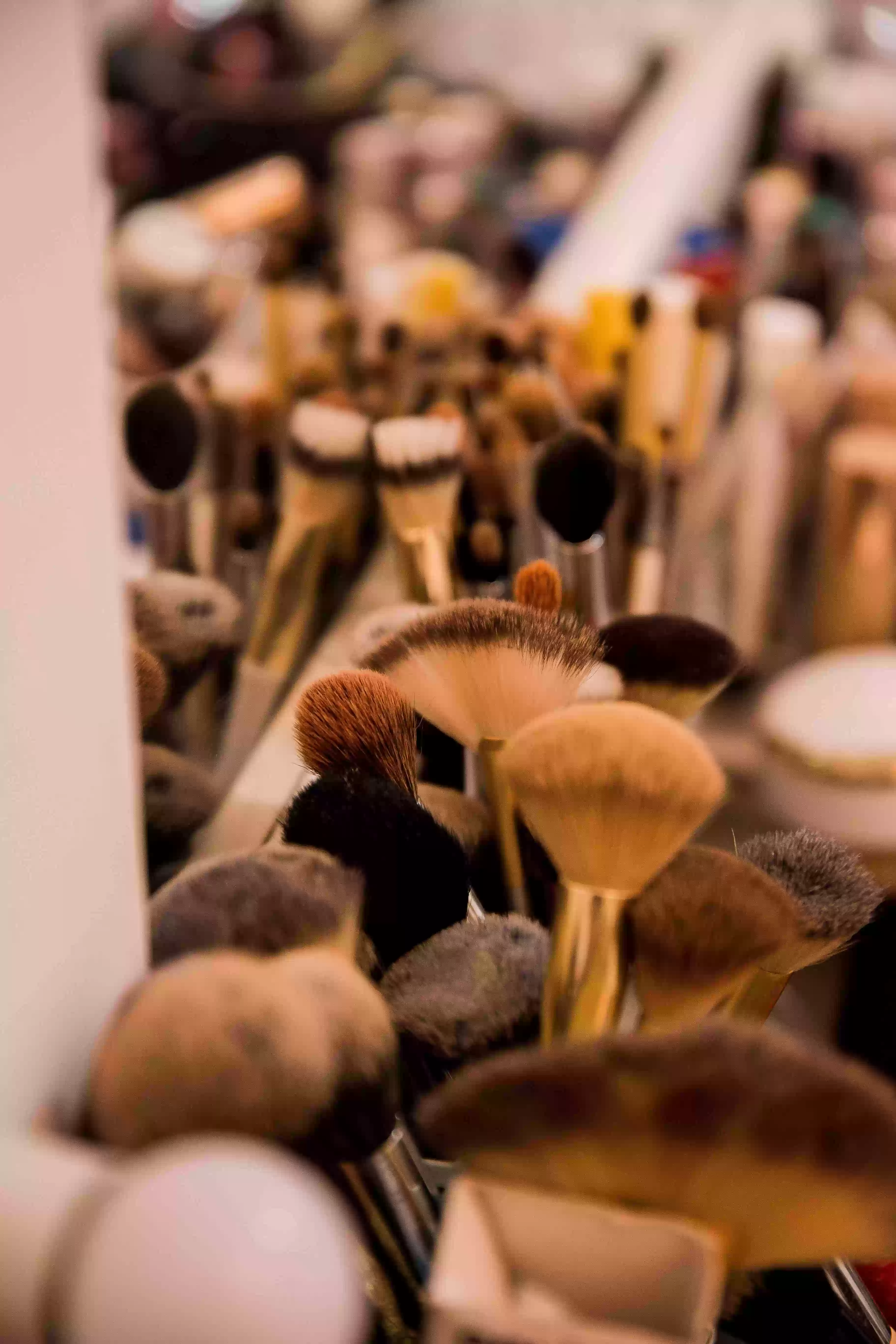




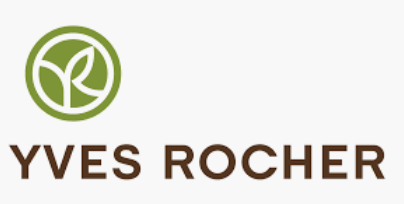 Reconnaissance de la stratégie bas carbone de Groupe Rocher par l'ESSEC - 15/02/2024
Reconnaissance de la stratégie bas carbone de Groupe Rocher par l'ESSEC - 15/02/2024
 Les laboratoires Pierre Fabre entrent au capital de la start-up MiYé - 08/10/2023
Les laboratoires Pierre Fabre entrent au capital de la start-up MiYé - 08/10/2023




